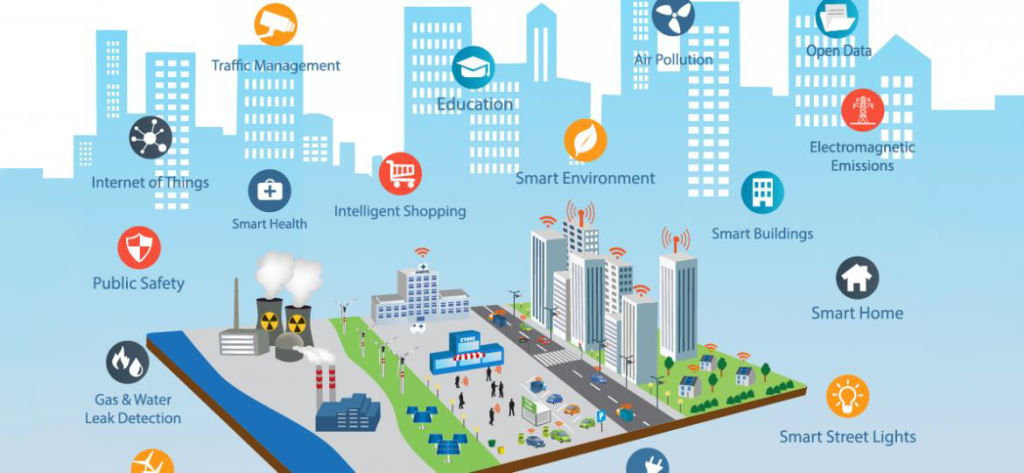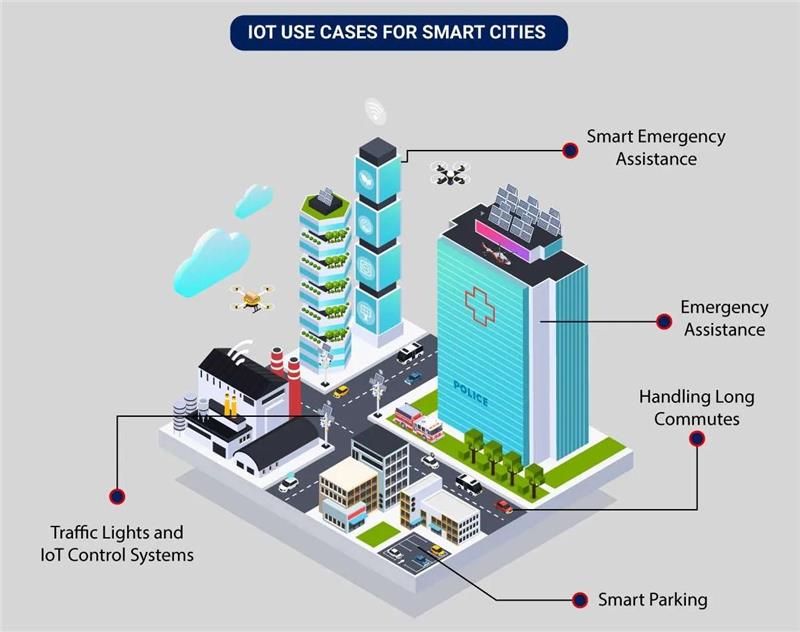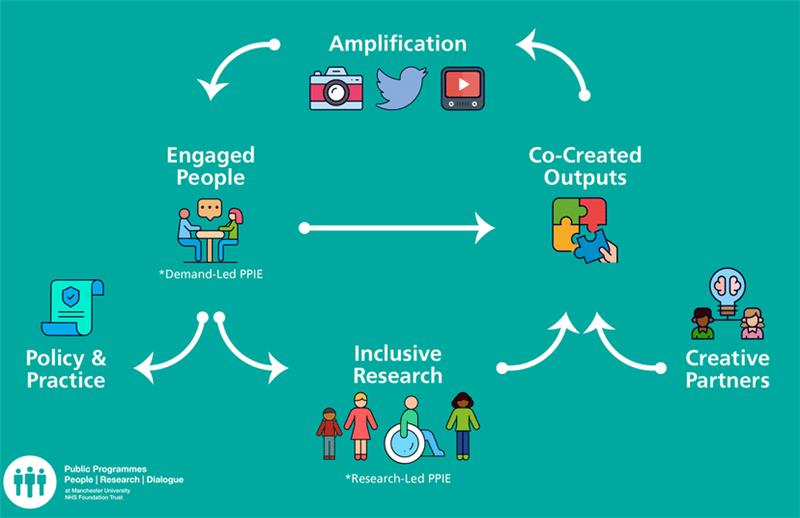Core Components Of Smart Cities
Learn how cities evolve into smart cities over time
Learning Objectives
- Understand the technological, human, and environmental pillars of Smart Cities 3.0.
- Analyze how IoT and AI transform urban infrastructure and services.
- Recognize the role of civic engagement and co-creation in city governance.
- Assess how smart mobility and energy systems contribute to sustainability.
- Explore best practices and real-world applications of smart city components.

5 min read
Course Overview
1.2 People: Civic engagement, inclusivity, and co-creation
1.3 Sustainability: Renewable energy, waste management, smart grids
1.4 Governance: Open data, transparency, citizen participation in decision-making
1.5 Mobility: Electric vehicles, autonomous transport, and smart traffic management
1.6 Exercise / Activity
1.7 Quizes
1.8 Bibliography
INTRODUCTION
As cities face increasing challenges related to urbanization, sustainability, and equity, Smart Cities 3.0 offer a transformative model that integrates advanced technology with human-centric values. This module introduces the core components—technology, people, sustainability, governance, and mobility—illustrating how they interconnect to create inclusive, data-driven, and environmentally responsible urban ecosystems.

1. TECHNOLOGY
IoT, AI, and Data-Driven Systems Smart Cities 3.0 rely on interconnected sensors and artificial intelligence to monitor, analyze, and optimize urban systems.

Key components:
- IoT Infrastructure: Sensors in traffic lights, buildings, and public spaces collect real-time data.
- AI and Machine Learning: Analyze large datasets to inform decisions and predict trends.
- Predictive Maintenance: AI systems detect infrastructure stress to prevent breakdowns.
- Smart Health: IoT-enabled wearables support public health monitoring.
- Environmental Monitoring: Real-time analysis of air and water quality.
Example: Singapore’s Smart Nation program utilizes over 1,000 sensors to optimize traffic, waste management, and public safety.
2. PEOPLE
Civic Engagement and Co-Creation People are central to Smart Cities 3.0. Civic technologies empower citizens to shape urban development.

Key components:
- Digital Participation Tools: Mobile apps and online platforms for feedback.
- Inclusive Urban Design: Ensures accessibility and equity in smart city solutions.
- Community Co-Creation: Citizens collaborate with city planners and tech developers.
Example: Paris’s Participatory Budgeting allows residents to propose and vote on municipal projects.
3. SUSTAINABILITY
Energy, Waste, and Grids Sustainability in Smart Cities means leveraging digital tools to reduce environmental impact.
Key components:
- Renewable Energy: Solar, wind, and geothermal integrated into urban infrastructure.
- Smart Grids: Improve electricity efficiency and distribution.
- Circular Waste Systems: Encourage recycling, composting, and waste-to-energy.
Example: Seven Spanish cities collaborate to renovate buildings with low-carbon materials and energy systems (URBANEW project).
4. GOVERNANCE
Open Data and Transparency Transparent governance builds trust and drives smarter decisions.

Key components:
- Open Data Portals: Share municipal data for innovation and accountability.
- Transparency Initiatives: Public access to budgeting and planning.
- Digital Democracy Tools: Crowdsourced policies and digital consultations.
Example: Amsterdam and other cities promote transparency by allowing residents to track and influence city development through open data platforms.
5. MOBILITY
Smart Transport and Electric Vehicles Mobility solutions aim to reduce emissions, improve traffic flow, and increase accessibility.
Key components:
- Electric Vehicles (EVs): Emission-free transport integrated into public fleets.
- Autonomous Vehicles: Use AI to navigate urban spaces safely.
- Smart Traffic Management: Real-time optimization using GPS and sensors.
Example: Amsterdam Smart City initiative integrates smart traffic and EV charging infrastructure to reduce congestion.
Click here to download the full content!
ACTIVITY: BUILD YOUR SMART CITY OBJECTIVE
Apply the five components of Smart Cities 3.0 to design a new urban zone.
Instructions:
- Form teams of 4–5 participants.
- Use a digital or printed template to design a city map.
- Include: IoT systems, civic platforms, renewable energy, mobility innovations, and transparency tools.
- Present your design to the group.
Outcomes:
- Understand system integration in urban planning.
- Explore challenges of balancing innovation and inclusion.
KEY TERMS - GLOSSARY
- IoT (Internet of Things): Network of devices collecting real-time data.
- AI (Artificial Intelligence): Algorithms analyzing data for decision-making.
- Smart Grid: Digital electricity network optimizing energy use.
- Co-Creation: Collaborative city design involving citizens.
- Civic Engagement: Active participation in governance.
QUIZZES
Quiz 1
Quiz 2
Quiz 3
LINKS TO EXTERNAL ADDITIONAL RESOURCES
- McKinsey & Company: Smart Mobility in Urban Areas
- Thales Group: Singapore as Smart Nation
- Amsterdam Smart City Initiative
- NetZeroCities: URBANEW in Spain
- IntechOpen: Citizen Engagement in Smart Cities
- NEA Singapore: Waste Management
- https://amsterdamsmartcity.com/
- https://netzerocities.eu/
- https://www.thalesgroup.com/en/worldwide-digital-identity-and-security/iot/magazine/singapore-worlds-smartest-city
BIBLIOGRAPHY
IoT in Smart Cities Market Size & Share Analysis – Industry Research Report | Growth Trends (n.d.).
MarketsandMarkets
https://www.marketsandmarkets.com/Market-Reports/iot-smart-cities-market-215714954.html
Boin, R., Möller, T., Pokotilo, V., Ricotti, A., & Sandri, N. (2023, March 27).Infrastructure technologies: Challenges and solutions for smart mobility in urban areas.
McKinsey & Company.
Singapore: the world’s smartest city. (2023, February 20).
Thales Group
Bvuma, S. (2024). Understanding citizen engagement in the era of smart cities.
In IntechOpen eBooks
https://doi.org/10.5772/intechopen.1005673
Morgan, E. (2023, October 25). Spain’s Pilot Activity: URBANEW: Multi-stakeholder innovative and systemic solutions for urban regeneration Spain – NetZeroCities.
NetZeroCities
The National Environment Agency. (n.d.).
City, A. S. (n.d.). Home – Amsterdam Smart City.
Amsterdam Smart City
Accessibility tools

